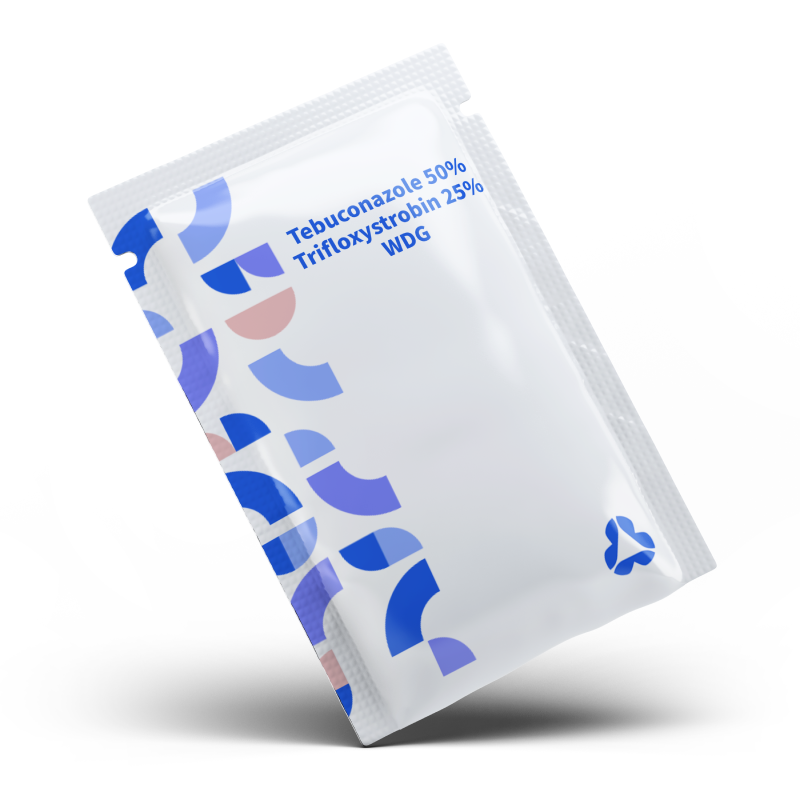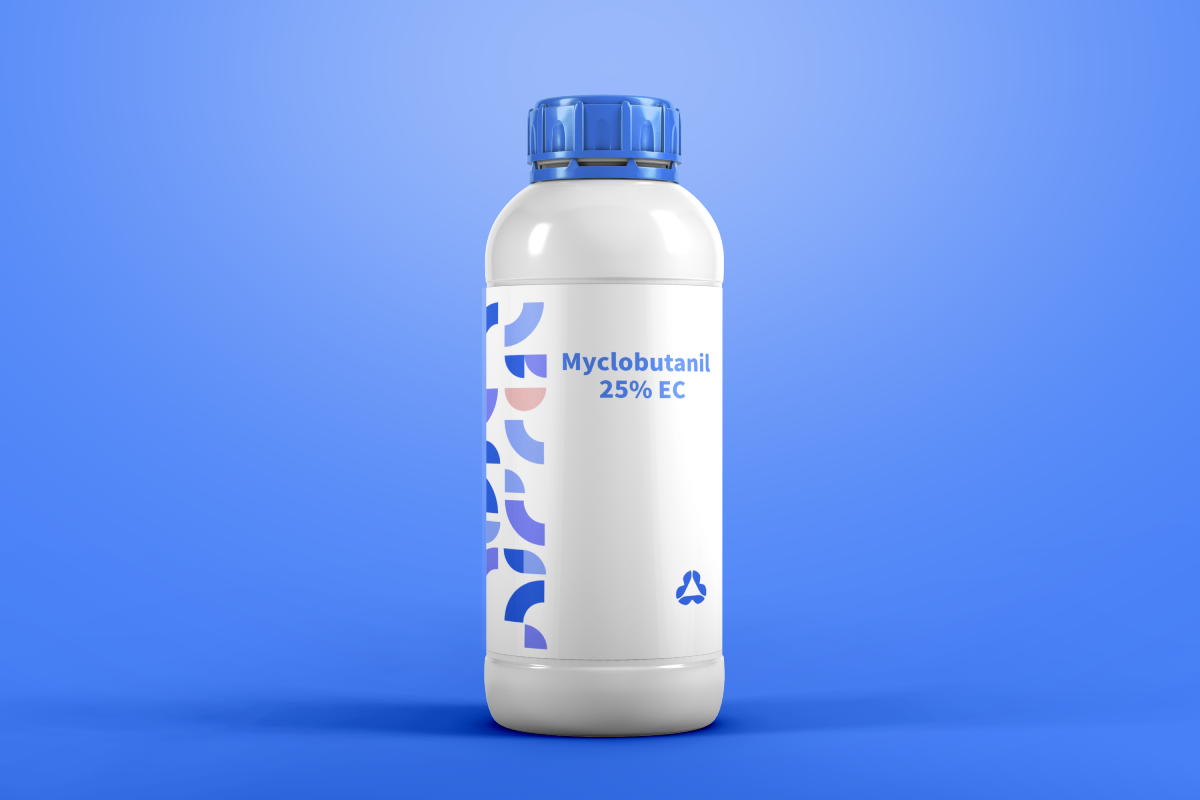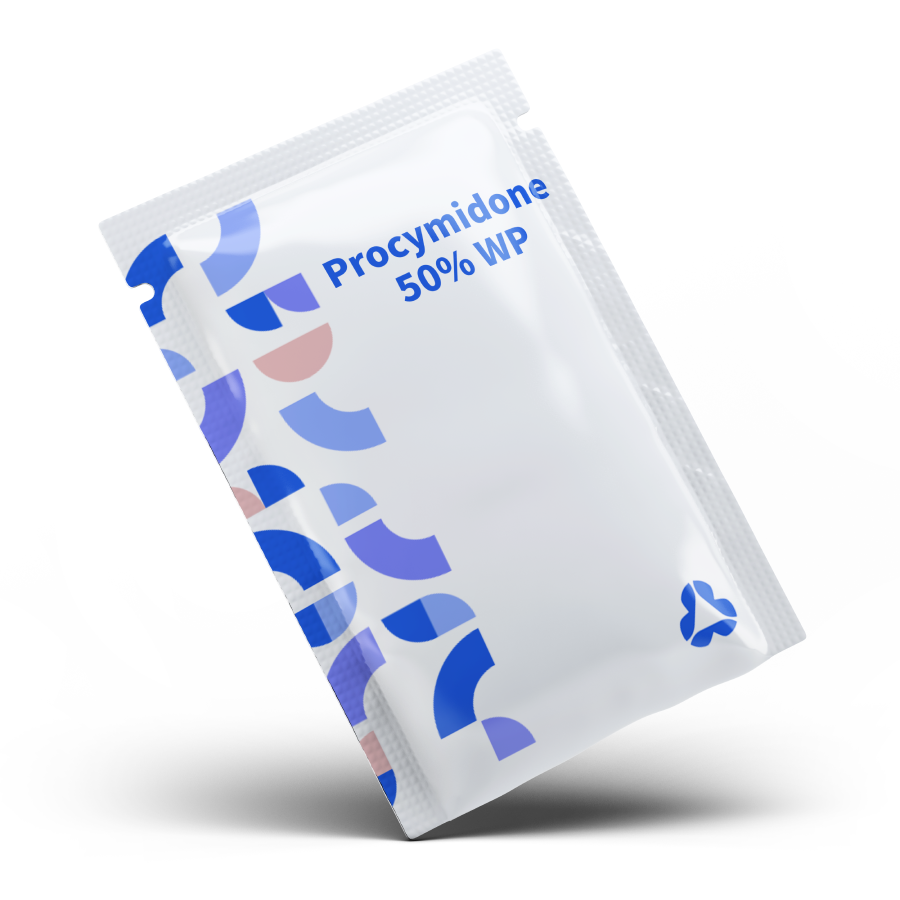Myclobutanil 25% EC (Emulsifiable Concentrate) is a high – efficacy triazole – class systemic fungicide containing 250 g/L of the active ingredient myclobutanil. It disrupts fungal cell membrane integrity by inhibiting ergosterol biosynthesis, offering both protective and curative effects. The EC formulation dissolves readily in organic solvents, forming a stable emulsion when diluted with water, suitable for foliar spraying, seed treatment, and post – harvest preservation.

Tebuconazole 50% + Trifloxystrobin 25% WDG: Synergistic Fungicide for Broad – Spectrum Disease Control
Tebuconazole 50% + Trifloxystrobin 25% WDG (Water Dispersible Granule) is a premium combination fungicide formulated with two active ingredients: The WDG formulation dissolves readily in



